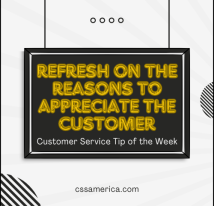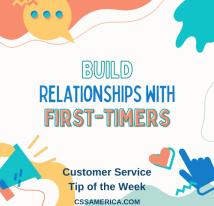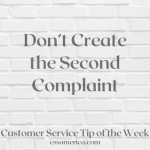Vincent Tinto, a Syracuse University professor, recently wrote a paper on Taking Student Retention Seriously. In the paper, he laments that most colleges/universities don’t take effective approaches to improving student retention. They too often think of a new program, a new activity, and a new offering to increase retention. Unfortunately, many of these new ideas result in “student experiences [which] are increasingly segmented into smaller and smaller pieces; their relationships with faculty, staff, and each other becoming more narrow and specialized; their learning further partitioned into smaller disconnected segments.”
So what does Tinto recommend? He suggests the need to create these 5 conditions which are supportive of Student Retention:
- When students are expected to succeed, they are more likely to succeed. Success leads to retention.
- When students are provided clear and consistent communications about requirements and advising on how to progress toward their goals, they are more likely to succeed.
- When students receive “academic, social and personal support,” they are more likely to stay.
- When students are involved “as valued members of the institution,” they are more likely to stay.
- When students are in “settings that foster learning,” they are more likely to succeed and stay.
Tinto focuses on getting at the root cause of issues before defining the required action plans. But many organizations – when faced with customer or employee (or student) retention issues – often jump from symptom-to-solution. They offer the next great idea du jour…and hope it works.
Try to avoid jumping from symptom-to-solution. If you’re having student/customer/employee retention issues, get to the root cause first.
Find what makes students stick with you.
Check out our Education Industry Services: http://cssamerica.com/cssed.htm





















